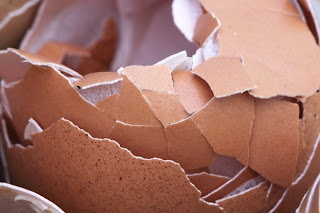Chicken incubators ensure healthy
eggs. You can build your own or purchase a commercial product. Whatever method
you prefer, the important thing is to know the basic of hatching chicken eggs.
Chicken incubator may be the best poultry
supplies you will ever invest – only if it is used in the right ways.
1. The rule of six. It is good to not settle
hatching less than six eggs, especially when these eggs are only shipped.
Chances are, you will only be hatching one egg – even none. Be sure to increase
the chance of hatching a good number of eggs by making sure that you put more
than six eggs in the incubator.
2. Remember 21. All poultry owners know that it
takes 21-days before the eggs are hatched. That is, when the eggs are kept in
an ideal environment. There are cases wherein the eggs get older as the
temperature is set at a lower degree.
This should not impose a problem, just wait for the few days and these
eggs will eventually hatch. When controlling temperature, the commercial chicken
incubator has the advantage of maintaining a stable heat. It will ensure
healthy eggs with high probability of hatching right after 21 days.
3. Still-Air vs. Turbo-Air. There are two kinds of
incubator and each has its own requirements to ensure a healthy egg. The
still-air incubator should be maintained at 101.5 degrees Fahrenheit while
Forced air should be only up to 99.5 degrees Fahrenheit. The still-air requires
higher temperature as the air inside does not circulate. With that, the air is
usually cooler at the bottom than at the top.
4. Turning Constantly Until 18. It is important to
turn the eggs at a regular interval to allow the heat to penetrate inside
substantially. However, it is ideal to stop turning the eggs after 18 days so
that the eggs are allowed for proper hatching. When doing this manually, be
sure to use clean hands and tools to avoid any contamination.
5. Proper humidity. In the first 18 days, be sure
to keep the humidity steady so as to increase the chances of achieving healthy
chicken embryos. After this, raise to humidity of 70 percent to allow
successful hatching. You can use a hygrometer to accurately measure the temperature.
Being able to produce more eggs
means having good chances of earning profits. Be sure to know the best poultry supplies needed for successful
business at http://poultrysupplies.org/.












